Sugar gliders, those pocket-sized marsupials with their adorable eyes and gliding membranes, have become increasingly popular exotic pets. However, their dietary needs in captivity are complex and frequently misunderstood. Unlike many common household pets, sugar gliders require a carefully balanced diet that mimics their natural feeding habits in the wild. Proper nutrition is perhaps the single most important factor in ensuring these unique animals live long, healthy lives in human care.
This comprehensive guide explores everything you need to know about creating the optimal diet plan for captive sugar gliders, from understanding their natural dietary patterns to implementing a balanced feeding schedule that provides all the nutrients these special creatures require.
Understanding Sugar Gliders’ Natural Diet
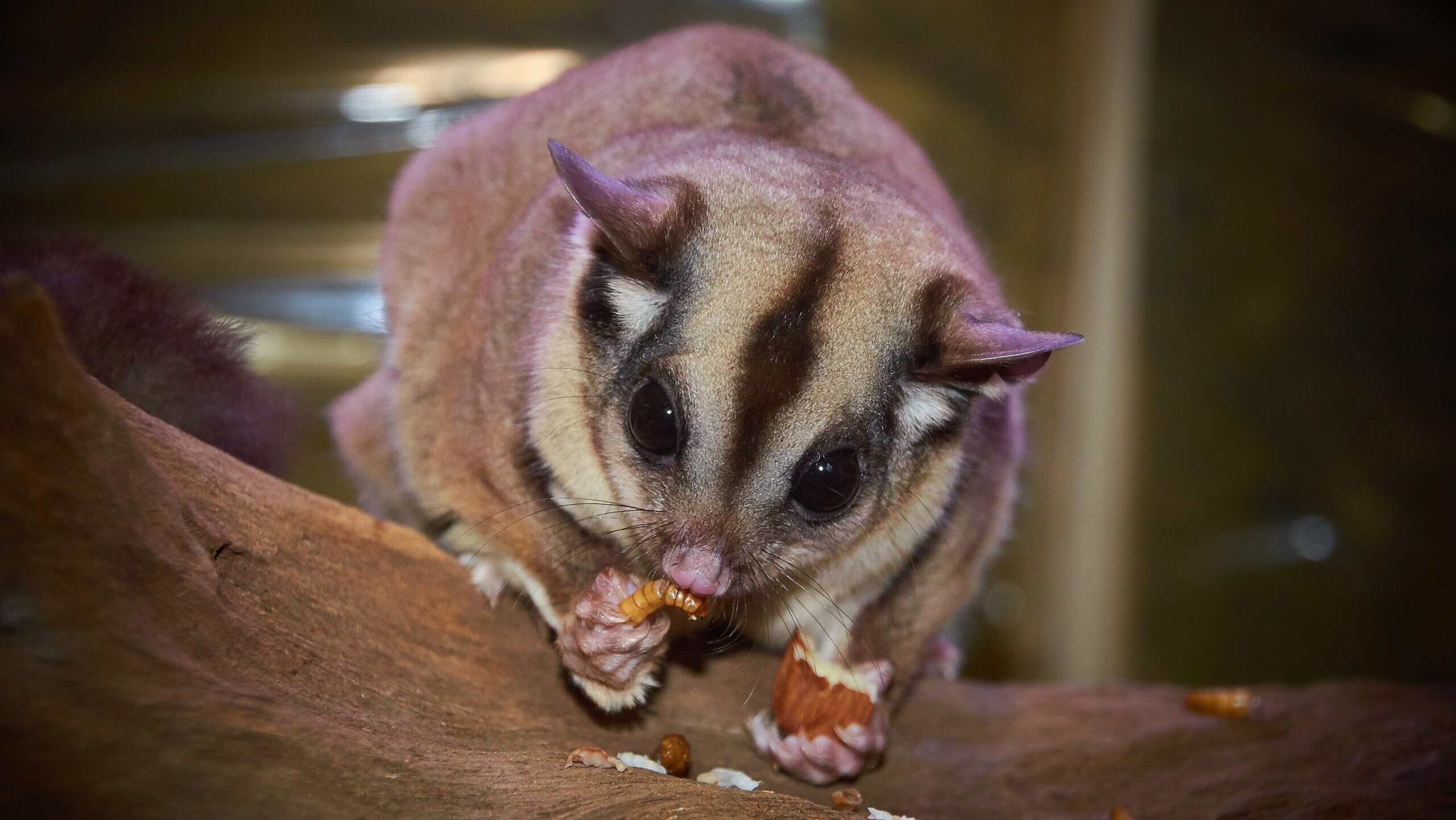
In their native habitats of Australia, Indonesia, and Papua New Guinea, sugar gliders are opportunistic omnivores with a diverse diet. Their natural food sources include tree sap, nectar, and gum (hence the name “sugar” gliders), as well as insects, pollen, fruits, and even small vertebrates. During winter months or when food is scarce, they rely more heavily on tree sap and gum, while insect consumption increases during warmer seasons when bugs are plentiful.
This seasonal variation in their diet provides important insights for captive care, suggesting that sugar gliders thrive best with variety rather than a static feeding regimen. Understanding these natural feeding patterns helps us create more appropriate captive diets that address their unique nutritional requirements.
The Nutritional Needs of Captive Sugar Gliders
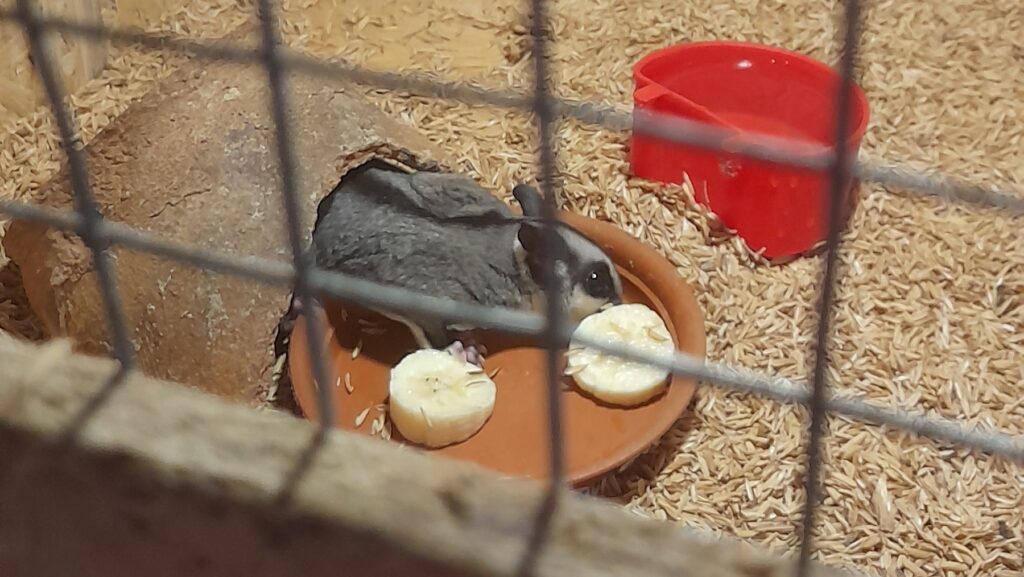
Captive sugar gliders require a careful balance of protein, calcium, and other nutrients to remain healthy. They need approximately 25-30% protein in their diet, primarily from insect and other animal sources. Calcium is particularly crucial, with a calcium-to-phosphorus ratio of 2:1 being ideal to prevent metabolic bone disease, a common ailment in poorly fed gliders.
Additionally, sugar gliders need appropriate levels of vitamins, especially vitamin D3, which helps with calcium absorption. These delicate creatures also require adequate fiber for digestive health and a range of trace minerals that support their immune system and overall function. Without this precise nutritional balance, sugar gliders can quickly develop health problems ranging from obesity to malnutrition.
Common Dietary Mistakes to Avoid
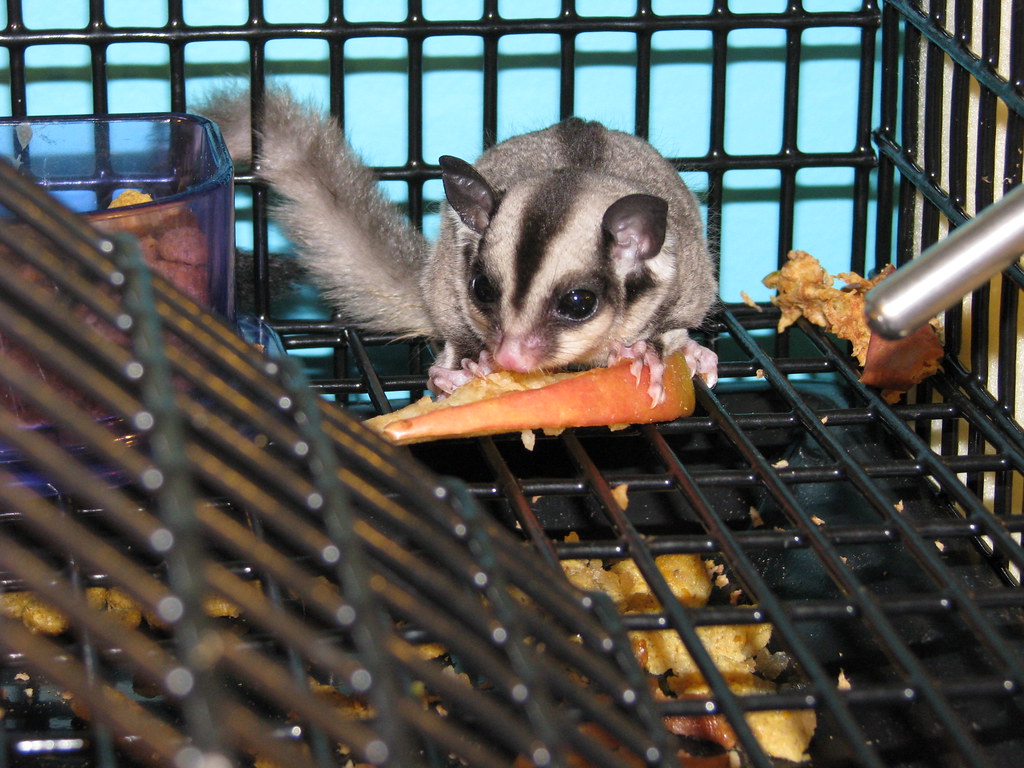
Many new sugar glider owners make critical feeding errors that can compromise their pet’s health. One of the most common mistakes is relying too heavily on fruits, which can lead to obesity and dental problems due to their high sugar content. Another frequent error is failing to provide adequate protein sources, resulting in muscle wasting and weakness. Some owners mistakenly feed dairy products, not realizing that sugar gliders, like most marsupials, are lactose intolerant after infancy.
Additionally, feeding inappropriate insects such as fireflies can be toxic to sugar gliders. Perhaps most dangerously, many commercially available “sugar glider pellets” have inappropriate nutritional profiles and should not constitute the main part of a glider’s diet without careful supplementation.
The BML Diet: A Popular Foundation
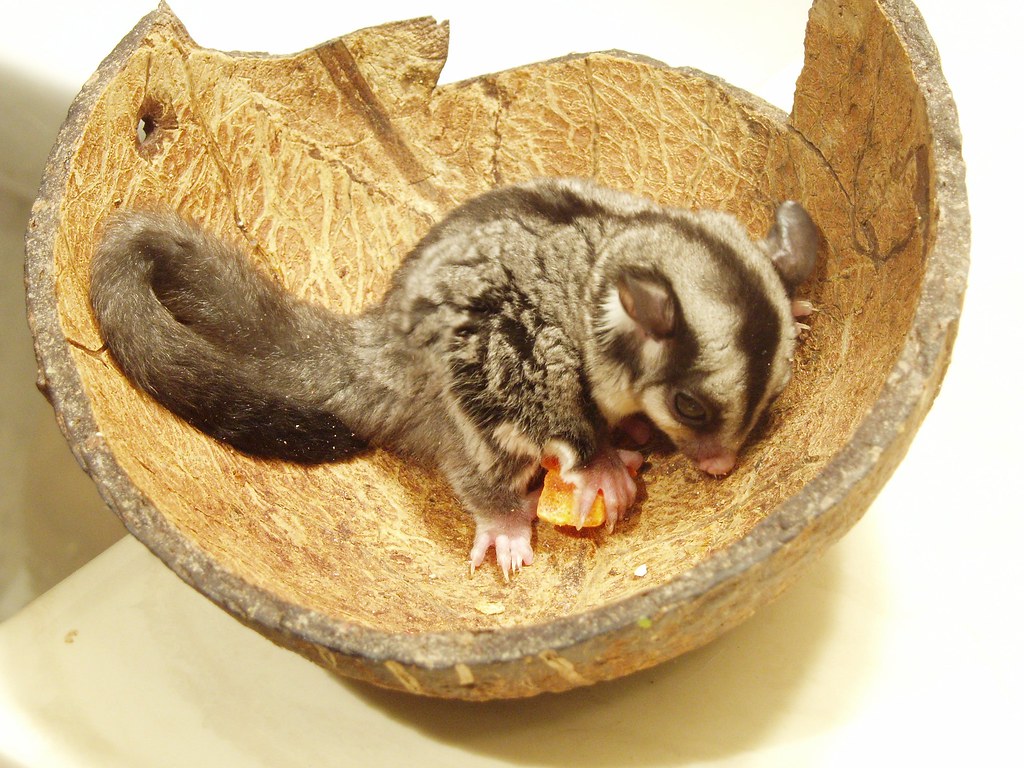
The BML (Bourbon’s Modified Leadbeater’s) diet is one of the most widely recommended feeding regimens for captive sugar gliders. Developed by veterinarian Dr. Bourbon, this diet attempts to mimic the nutritional content of sugar gliders’ natural food sources through a mixture of protein, fruits, vegetables, and supplements. The base recipe typically includes honey, chicken baby food, hard-boiled egg, calcium supplement, and multi-vitamins blended with fruit juices and water.
This mixture is prepared in batches and frozen in ice cube trays for convenient feeding. The BML diet has gained popularity because it addresses many of the critical nutritional needs of sugar gliders, particularly the calcium-to-phosphorus ratio that is so important for preventing metabolic bone disease.
The HPW Diet Alternative
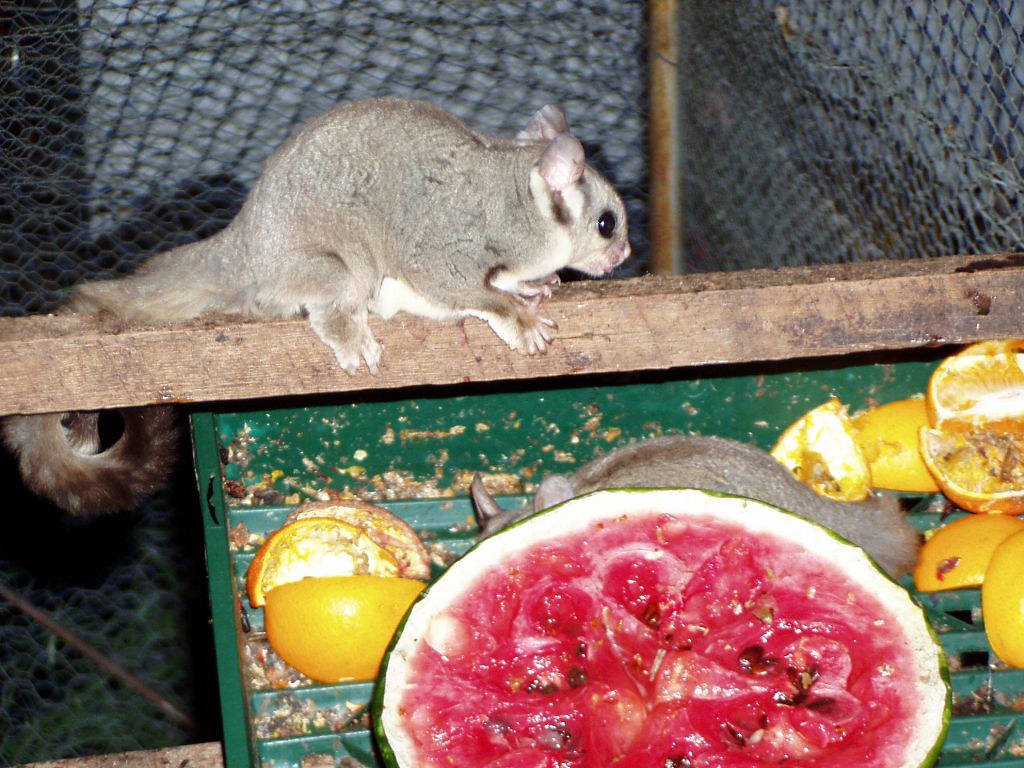
The High Protein Wombaroo (HPW) diet serves as another trusted foundation for sugar glider nutrition. Developed in Australia, this diet centers around a special nectar supplement formulated specifically for nectar-feeding marsupials. The HPW diet typically includes the Wombaroo powder mixed with water, fresh fruits, vegetables, and protein sources like mealworms or boiled chicken.
Many experienced breeders prefer this diet because it was developed in the sugar gliders’ native range and seems to more closely mimic their natural feeding patterns. Sugar gliders on the HPW diet often show excellent coat condition and energy levels, though the supplement can be more difficult to source outside of Australia and New Zealand.
Fresh Fruits and Vegetables: Selection and Preparation
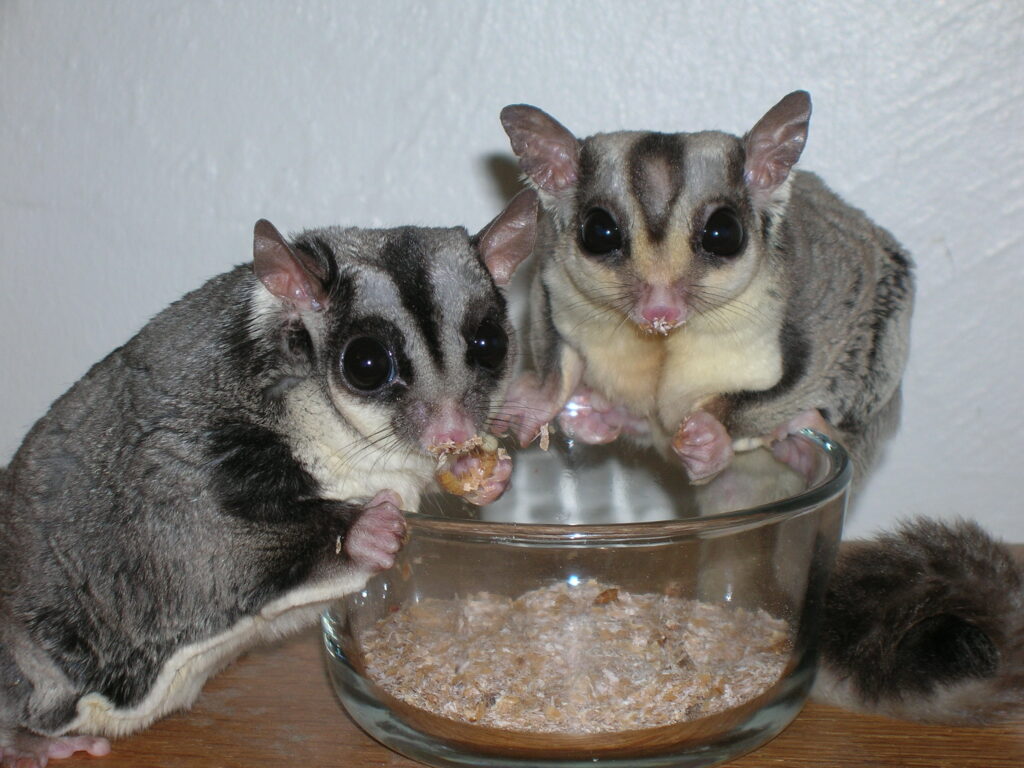
Fresh produce should make up approximately 25-30% of a captive sugar glider’s diet, providing essential vitamins, minerals, and hydration. The best fruits for sugar gliders include apples, papaya, melons, berries, and grapes, all of which should be thoroughly washed and served in small pieces without seeds or pits. For vegetables, focus on calcium-rich options like collard greens, kale, green beans, and carrots, which can help maintain the crucial calcium balance in their diet.
All produce should be organic when possible to avoid pesticide exposure, which can be particularly harmful to these small mammals. Proper preparation involves chopping items into small, manageable pieces and removing any stems, seeds, or pits that could present choking hazards or contain toxic compounds.
Protein Sources: Insects and Beyond
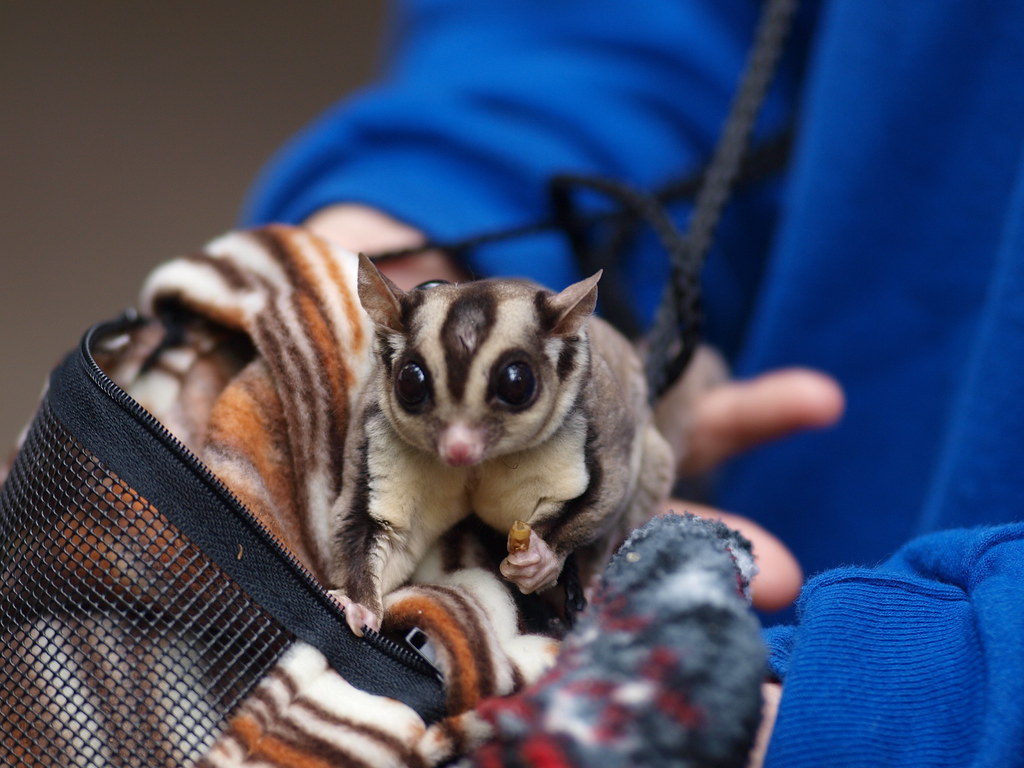
Protein is a critical component of a sugar glider’s diet, and should comprise about 25-30% of their total food intake. Live insects like mealworms, crickets, and waxworms provide not only protein but also stimulating enrichment as gliders can “hunt” them in their enclosure. These insects should ideally be gut-loaded (fed nutritious foods) for 24 hours before being offered to sugar gliders to improve their nutritional value.
Beyond insects, appropriate protein sources include cooked, unseasoned chicken or turkey, boiled eggs, and commercially available insectivore mixes designed for sugar gliders and similar species. Some glider owners also offer small amounts of plain, unsweetened yogurt as an occasional protein source, though this should be limited due to sugar gliders’ lactose sensitivity.
Nectar Replacements and Supplements
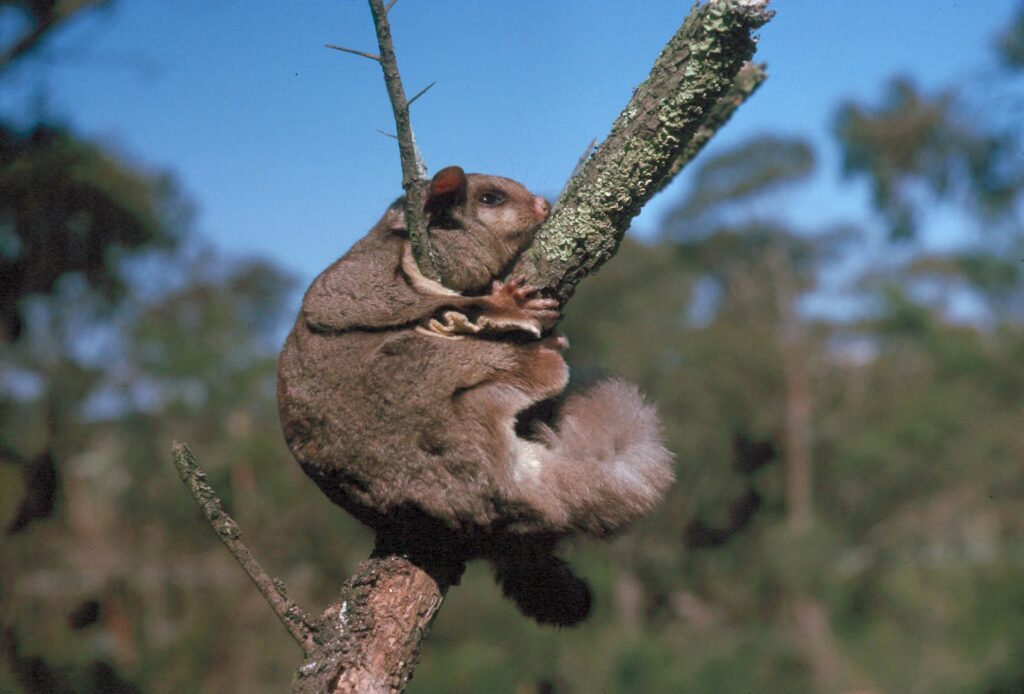
In the wild, sugar gliders consume significant amounts of tree sap, gum, and nectar, which must be replicated in captivity for optimal health. Commercial nectar replacements specifically formulated for sugar gliders are available and should be used rather than honey or maple syrup, which lack the proper nutrient balance. These specialized products contain appropriate levels of complex carbohydrates and proteins without excess simple sugars that can lead to obesity and dental problems. Additionally, most captive sugar gliders require calcium supplementation to prevent metabolic bone disease, typically in the form of calcium powder sprinkled on food items. Multivitamin supplements are also recommended, particularly those containing vitamin D3, which aids in calcium absorption and is especially important for gliders kept indoors without natural sunlight.
Establishing a Feeding Schedule
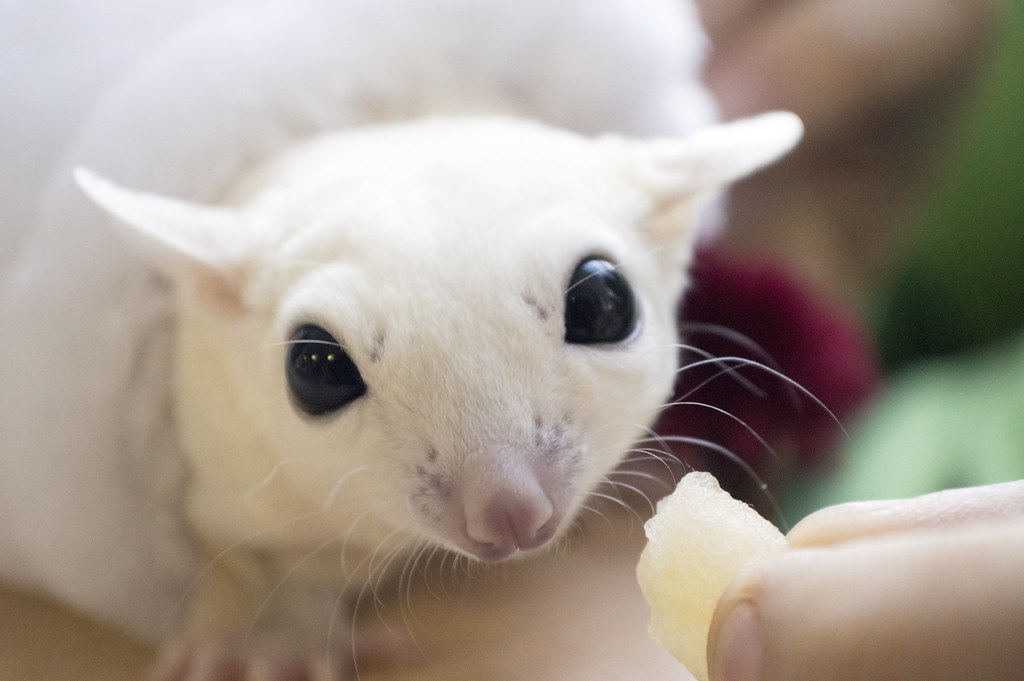
Sugar gliders are naturally nocturnal, so their feeding schedule should align with their active periods for optimal digestion and nutrient utilization. Most experts recommend feeding sugar gliders once in the evening when they become active, with fresh food removed within 12 hours to prevent spoilage and bacterial growth. For particularly active colonies or breeding females, a small additional feeding in the morning might be beneficial.
While some owners leave dry foods like nuts or pellets available throughout the day, fresh foods should always be provided during their active evening hours. Establishing consistent feeding times helps maintain healthy digestive systems and allows owners to better monitor food intake and quickly notice if a glider’s appetite changes, which can be an early indicator of health problems.
Portion Control and Weight Management
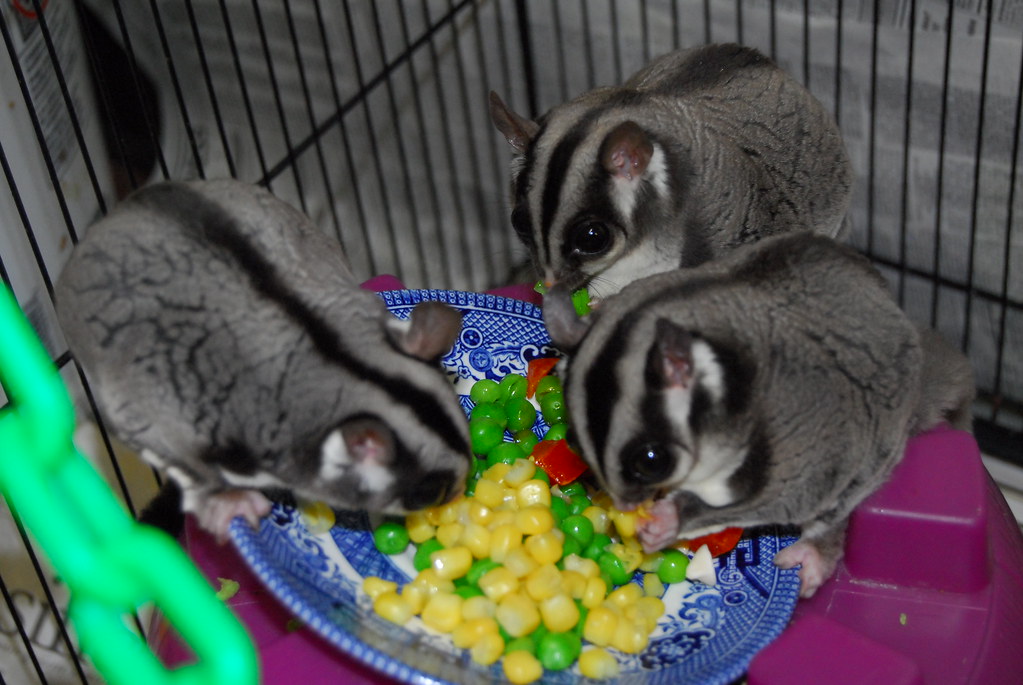
Obesity is a common health issue in captive sugar gliders due to their small size and the tendency of owners to overfeed them. A healthy adult sugar glider typically weighs between 85-140 grams (3-5 ounces), with males generally being slightly larger than females. The appropriate food portion for an adult sugar glider is surprisingly small—about 15-20% of their body weight daily, which translates to roughly 2-3 tablespoons of food per glider.
Regular weighing on a small digital scale can help monitor whether your feeding program is maintaining appropriate body condition. A properly fed sugar glider should have a slightly tapered waist when viewed from above, and their abdomen should not appear distended or droopy when they are standing on all fours.
Foods to Avoid Completely
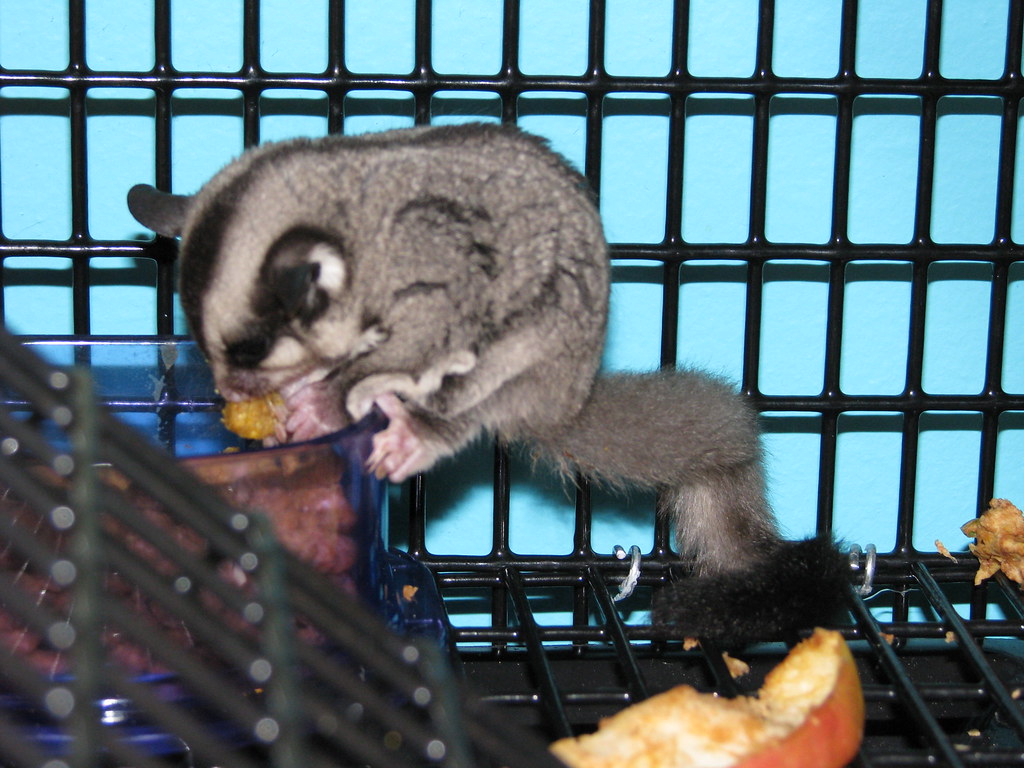
Several common foods can be toxic or harmful to sugar gliders and should be eliminated from their diet entirely. Chocolate contains theobromine and caffeine, both of which are toxic to sugar gliders and can cause severe neurological issues or death. Garlic and onions contain compounds that can damage a glider’s red blood cells, potentially leading to anemia. Avocados contain persin, a fungicidal toxin that can cause digestive distress and heart damage in many small pets including sugar gliders.
Additionally, foods high in oxalates such as spinach and rhubarb should be avoided as they can bind with calcium and contribute to calcium deficiency. Any foods containing artificial sweeteners, particularly xylitol, are extremely dangerous and can cause rapid insulin release, hypoglycemia, seizures, and death in sugar gliders even in small amounts.
Hydration and Water Requirements
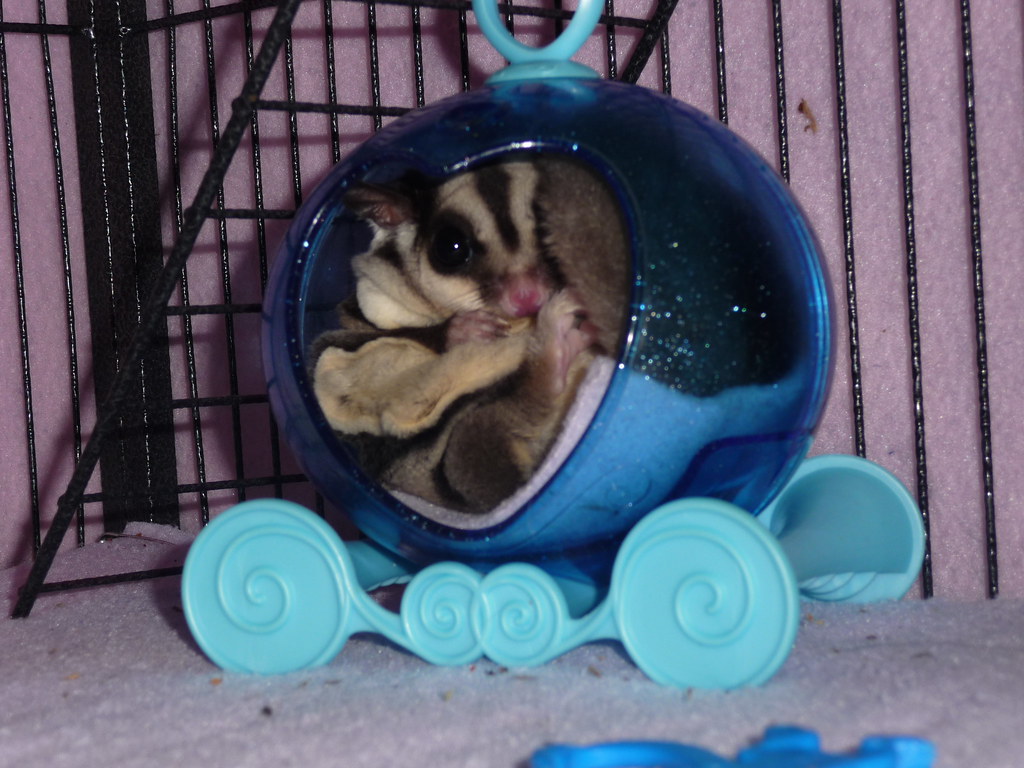
While sugar gliders obtain much of their hydration from their food, fresh water must always be available in their enclosure. Most gliders prefer to drink from a water bottle with a sipper tube rather than an open dish, which helps prevent contamination and spillage. The water should be changed daily, and the bottle cleaned thoroughly at least once a week to prevent bacterial growth.
Some sugar gliders also enjoy occasional treats of diluted fruit juice (1 part juice to 10 parts water), which can provide both hydration and enrichment, though this should be limited to prevent excess sugar consumption. In particularly dry environments or during hot weather, additional water sources or misting the enclosure can help ensure proper hydration levels.
Monitoring Health Through Diet
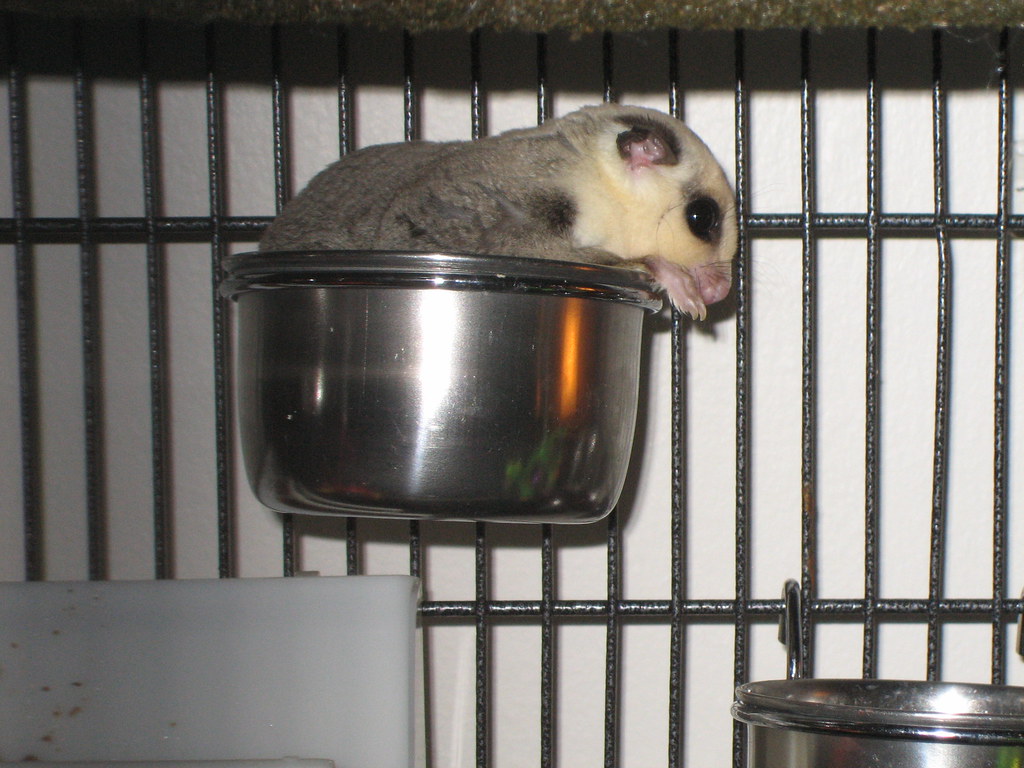
A sugar glider’s diet directly impacts virtually every aspect of their health, making dietary monitoring an essential part of responsible ownership. Healthy sugar gliders have bright eyes, glossy fur, and energetic movement patterns, all indicators of good nutrition. Signs of dietary problems include weight loss, lethargy, dull coat, excessive scratching (possibly indicating allergies), or abnormal stool consistency.
Particularly concerning are symptoms of metabolic bone disease, including difficulty jumping, limb weakness, or trembling, which indicate severe calcium deficiency requiring immediate veterinary attention. Keeping a food journal that tracks what your glider eats, along with regular weigh-ins, can help identify patterns and catch potential health issues before they become severe. Remember that dietary changes should always be made gradually to avoid digestive upset and food refusal.
Special Dietary Considerations for Different Life Stages
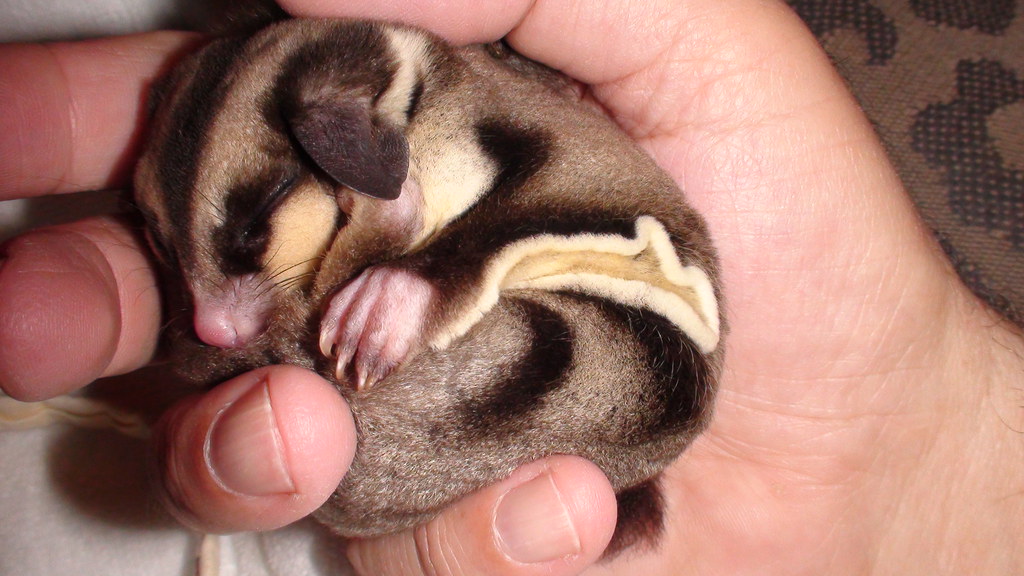
Sugar gliders have varying nutritional requirements throughout their lifecycle that must be accommodated for optimal health. Joeys (baby gliders) still in the pouch require specialized formula if hand-raised, and recently out-of-pouch young need increased protein levels of about 35% to support their rapid growth. Pregnant and lactating females require additional protein and calcium to prevent depletion of their own bodily reserves, with calcium supplementation being particularly crucial during these high-demand periods.
Senior sugar gliders (over 7 years old) may benefit from softer foods that are easier to chew and digest, as well as anti-inflammatory foods like berries to support their aging bodies. Additionally, sick or recovering sugar gliders often require more easily digestible foods and may need nutritional supplements administered directly via syringe under veterinary guidance.
Creating Environmental Enrichment Through Feeding
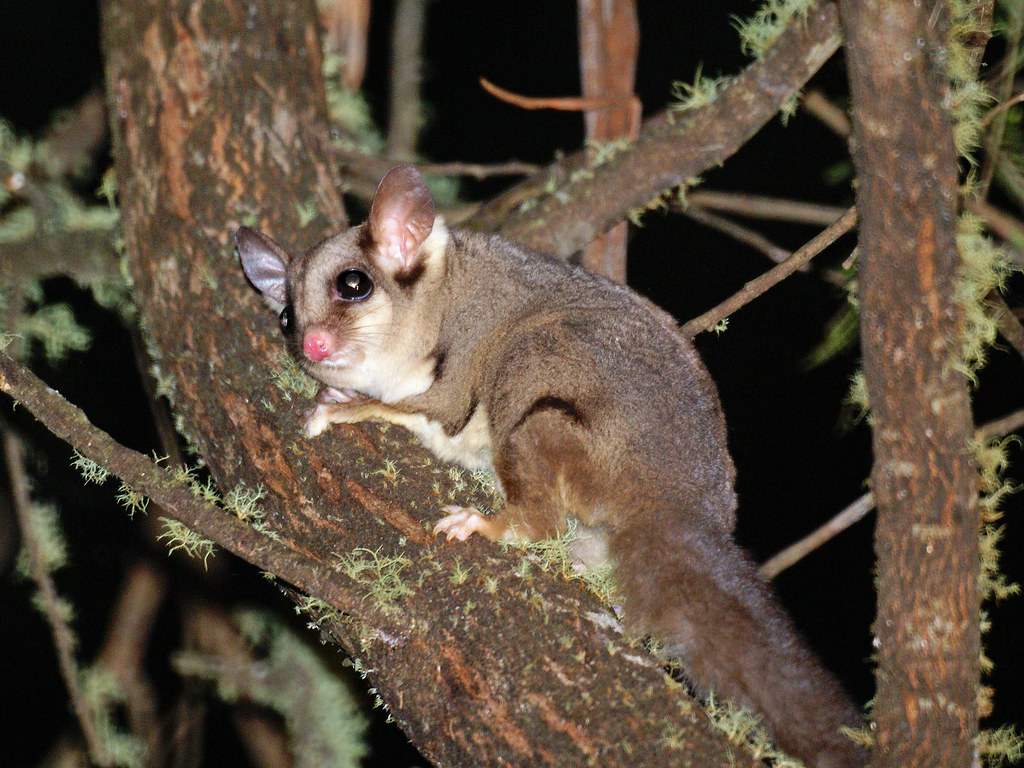
Natural feeding behaviors are important for sugar gliders’ mental and physical wellbeing, making food-based enrichment a valuable addition to their care routine. Rather than simply placing food in dishes, consider creating feeding puzzles that require gliders to work for their food, mimicking their natural foraging behaviors. This can be as simple as hiding insects in crumpled paper or specialized foraging toys designed for small exotic pets.
Hanging food items from the top of the cage encourages natural climbing and stretching behaviors, exercising important muscle groups. For a more elaborate enrichment activity, you can create “insect kebabs” by skewering mealworms or crickets on thin wooden skewers hung in the cage, encouraging natural hunting and problem-solving behaviors. These enrichment techniques not only provide physical exercise but also stimulate the gliders mentally, preventing boredom and associated stress behaviors.
Conclusion: Crafting the Ideal Diet Plan
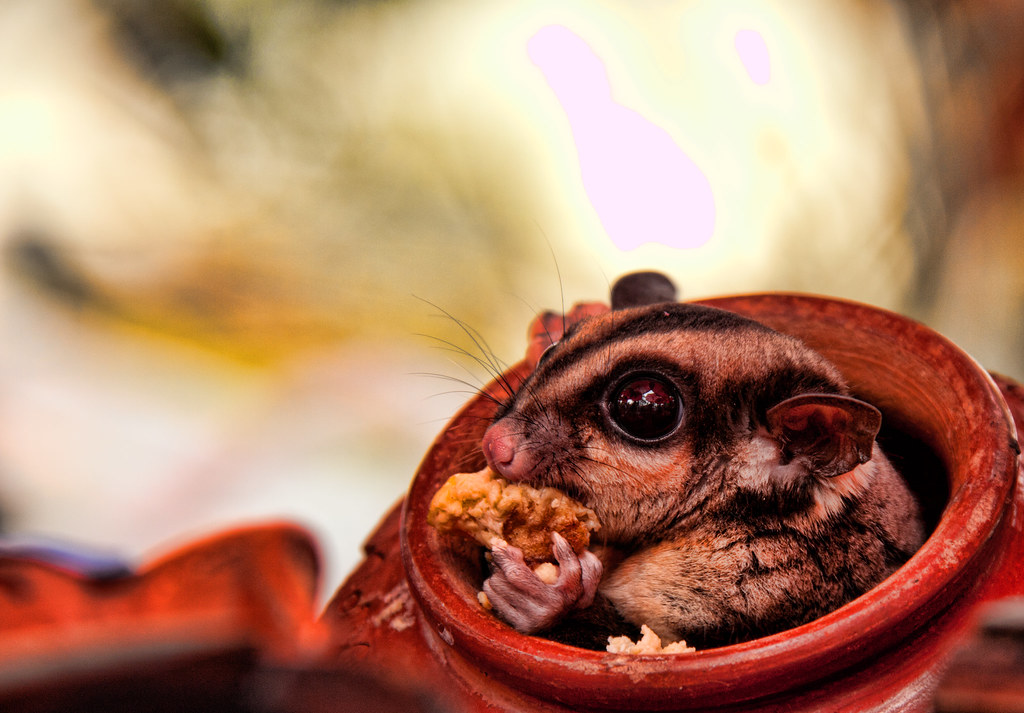
Creating the perfect diet for captive sugar gliders requires commitment, research, and careful observation. The ideal approach combines elements of established feeding protocols like the BML or HPW diets with fresh, varied foods that meet your gliders’ specific needs. Remember that each sugar glider is an individual with unique preferences and requirements, so be prepared to adapt your feeding plan based on your pet’s response and health indicators.
Regular veterinary check-ups with an exotic pet specialist can help ensure your nutritional program is on track. While proper sugar glider nutrition may seem complex at first, the reward is a thriving, active pet with a significantly improved quality of life and lifespan. With patience and attention to detail, you can provide your sugar gliders with a diet that keeps them healthy, happy, and active throughout their lives in your care.

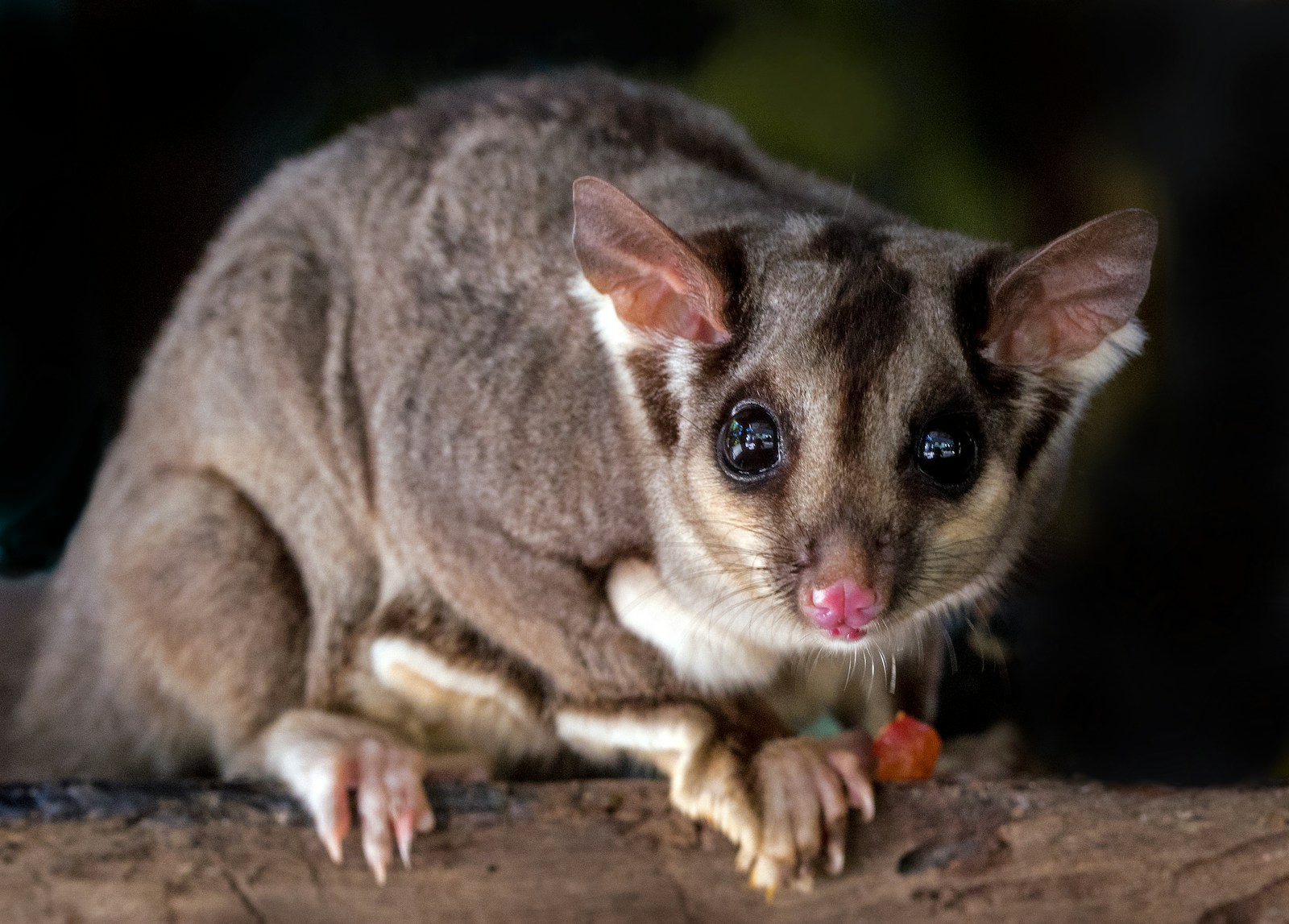

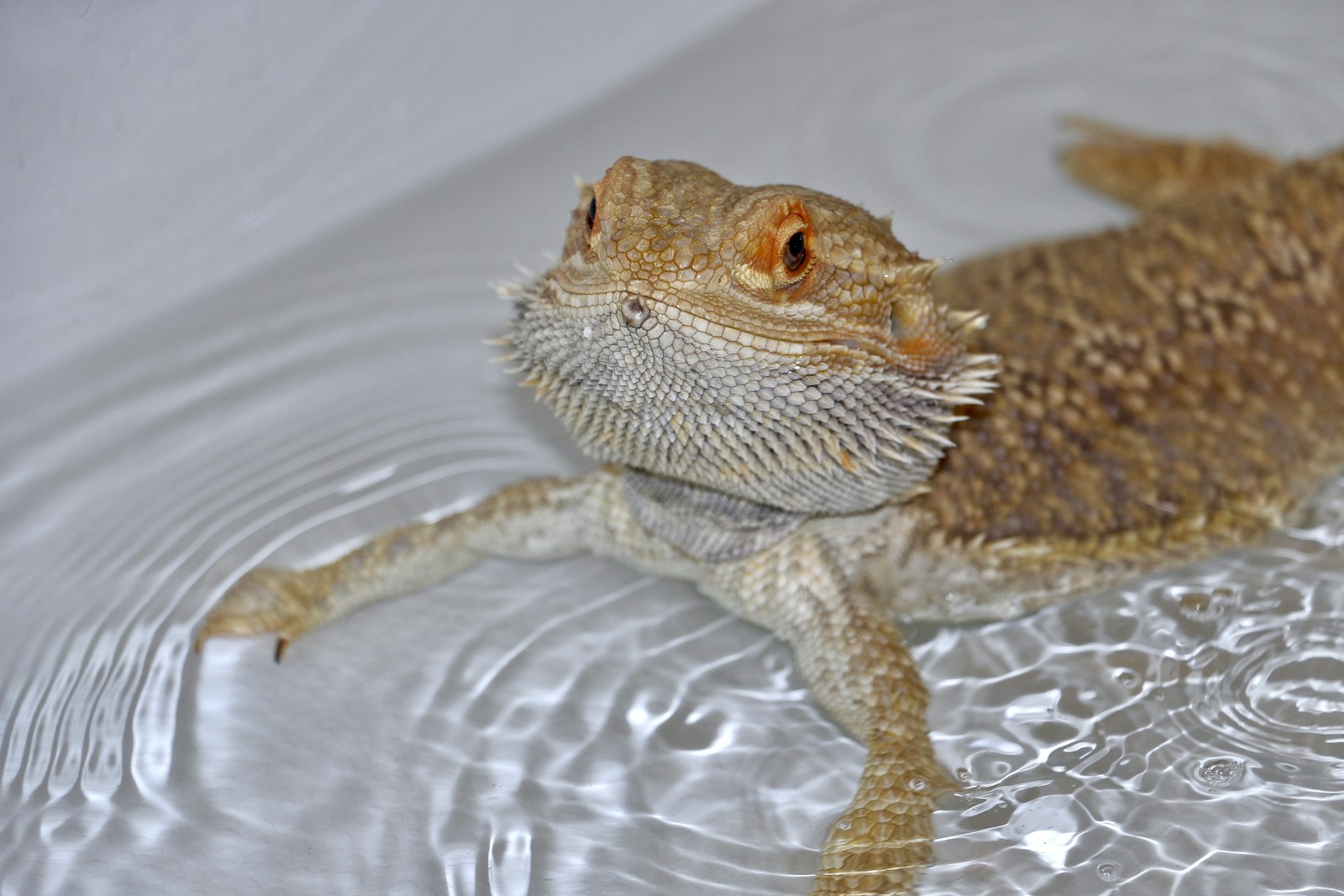
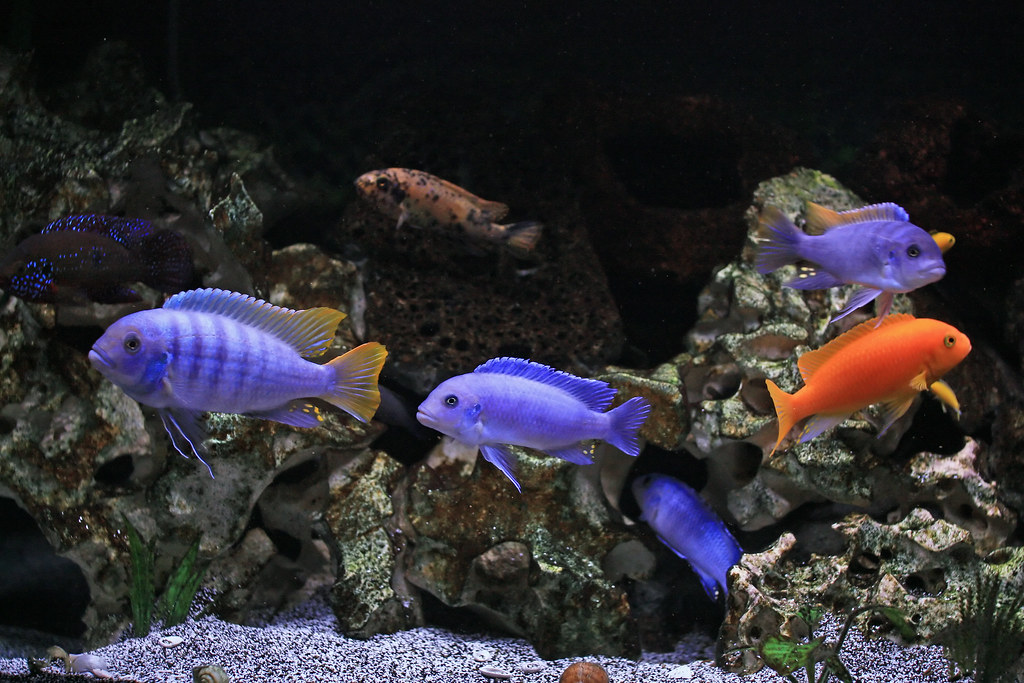
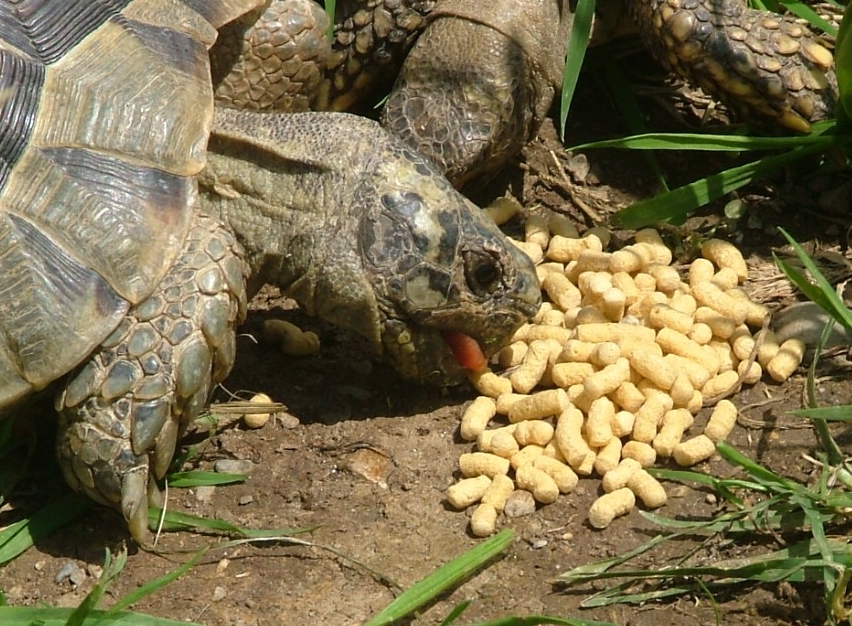
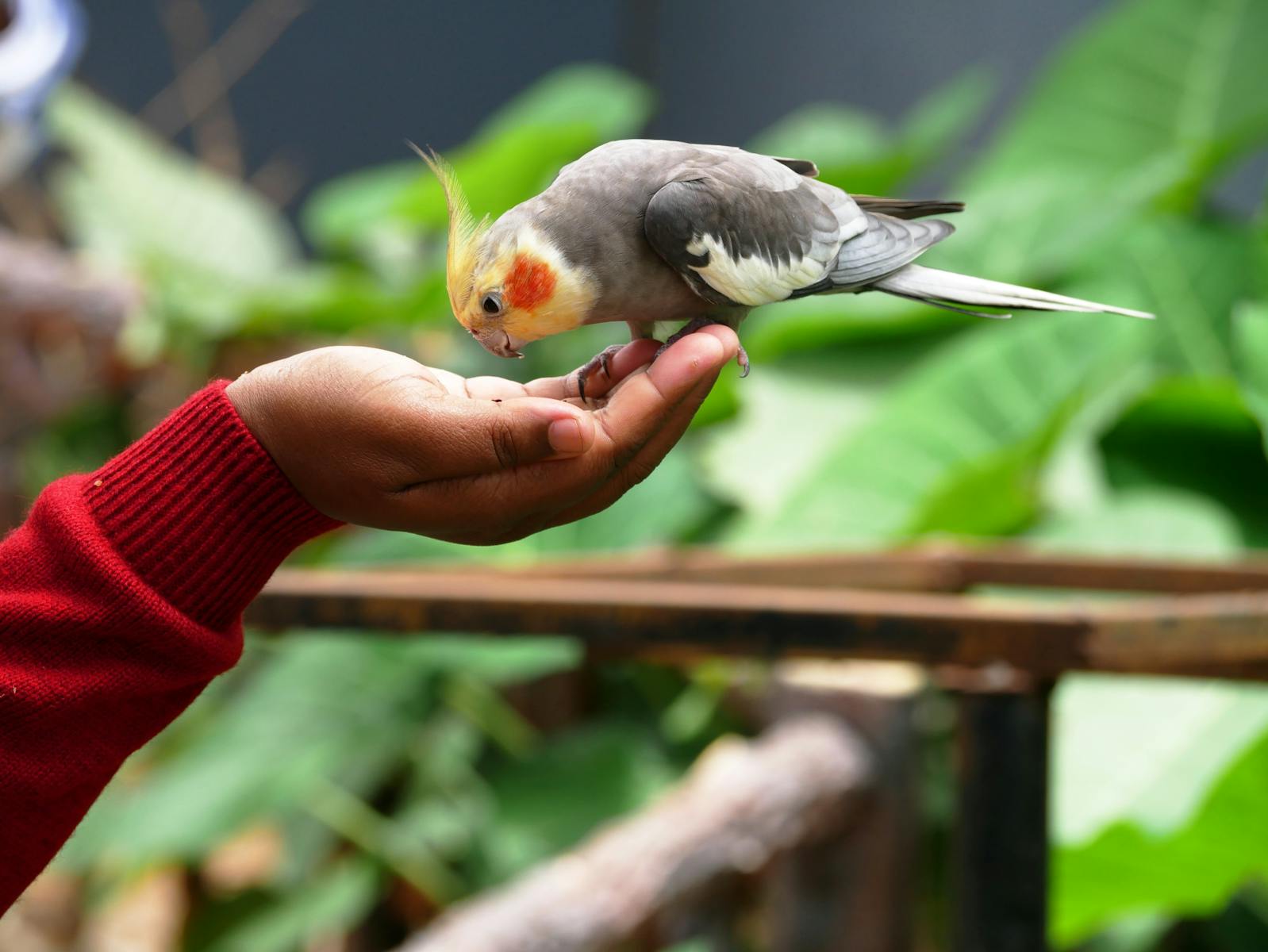
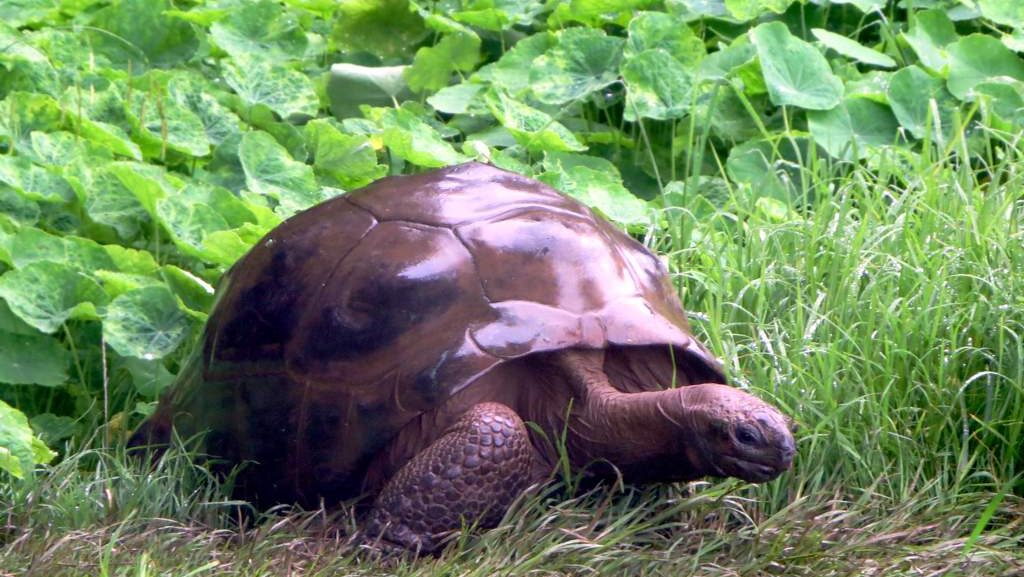
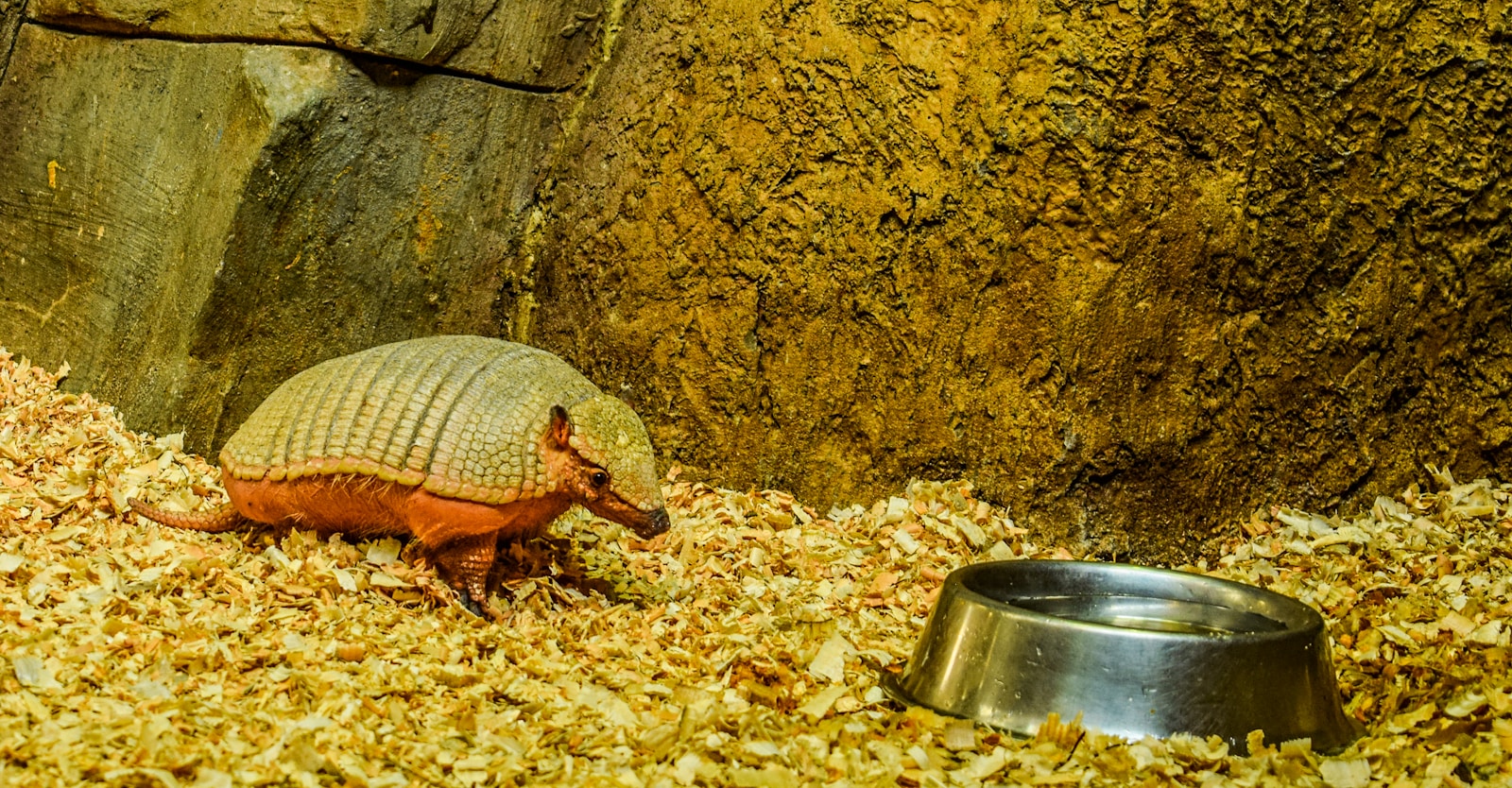
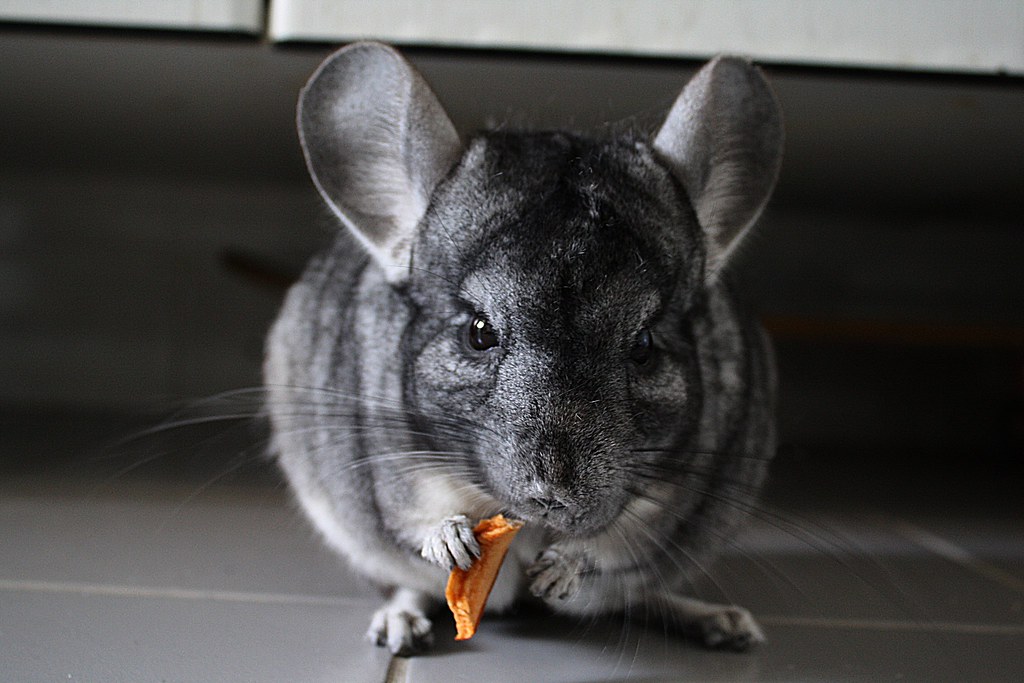
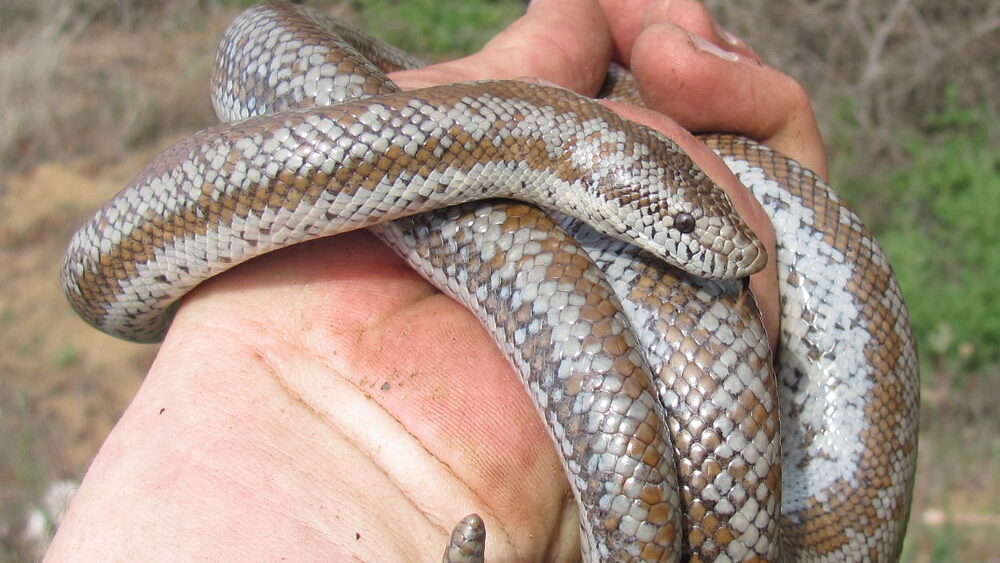
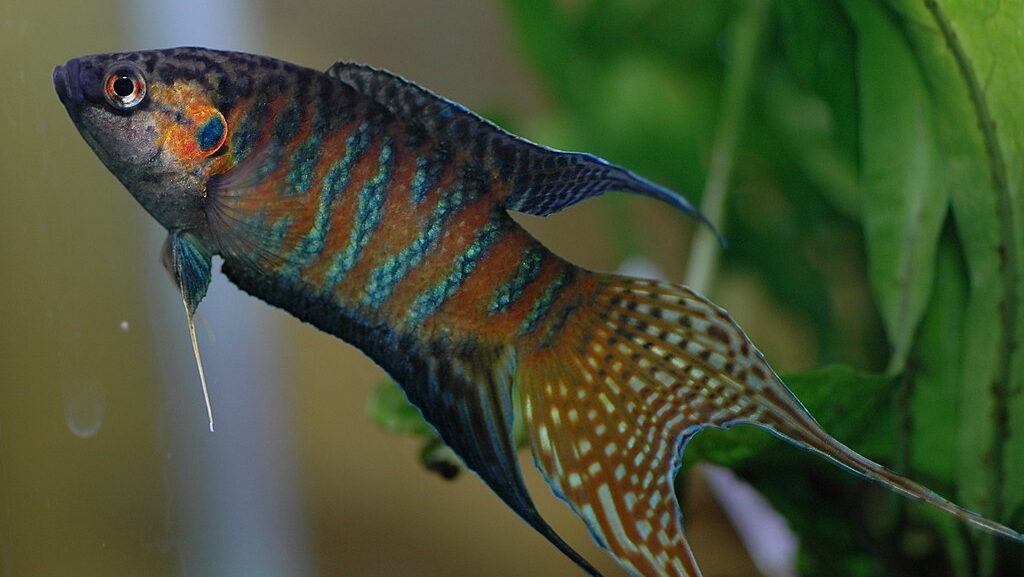




Leave a Reply